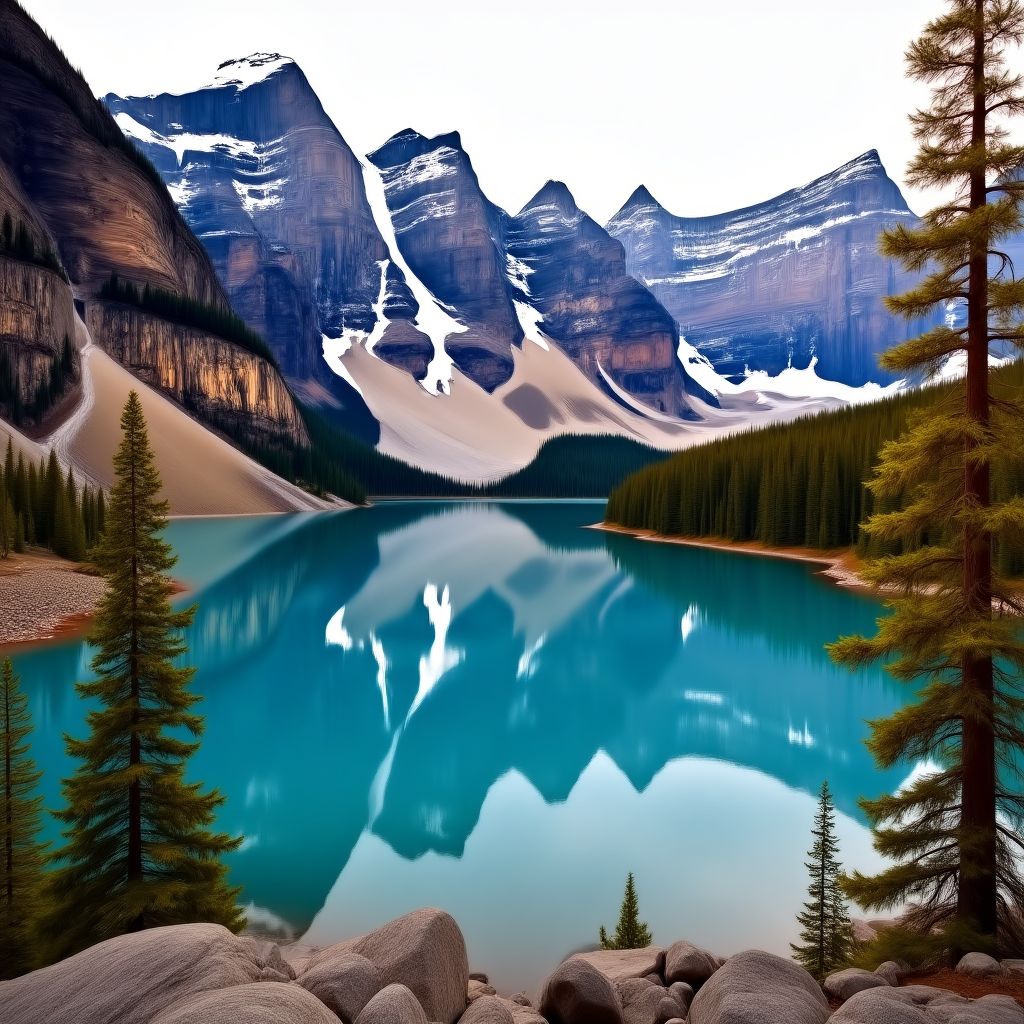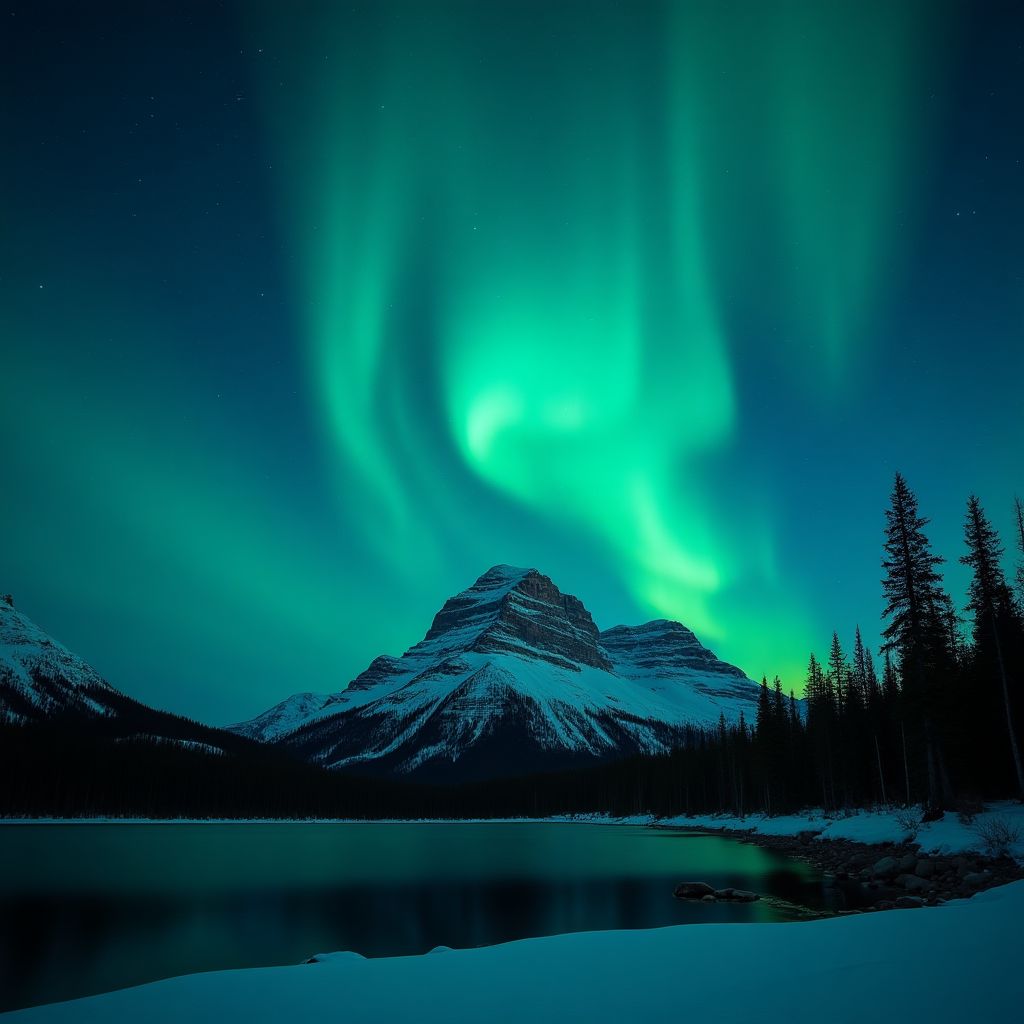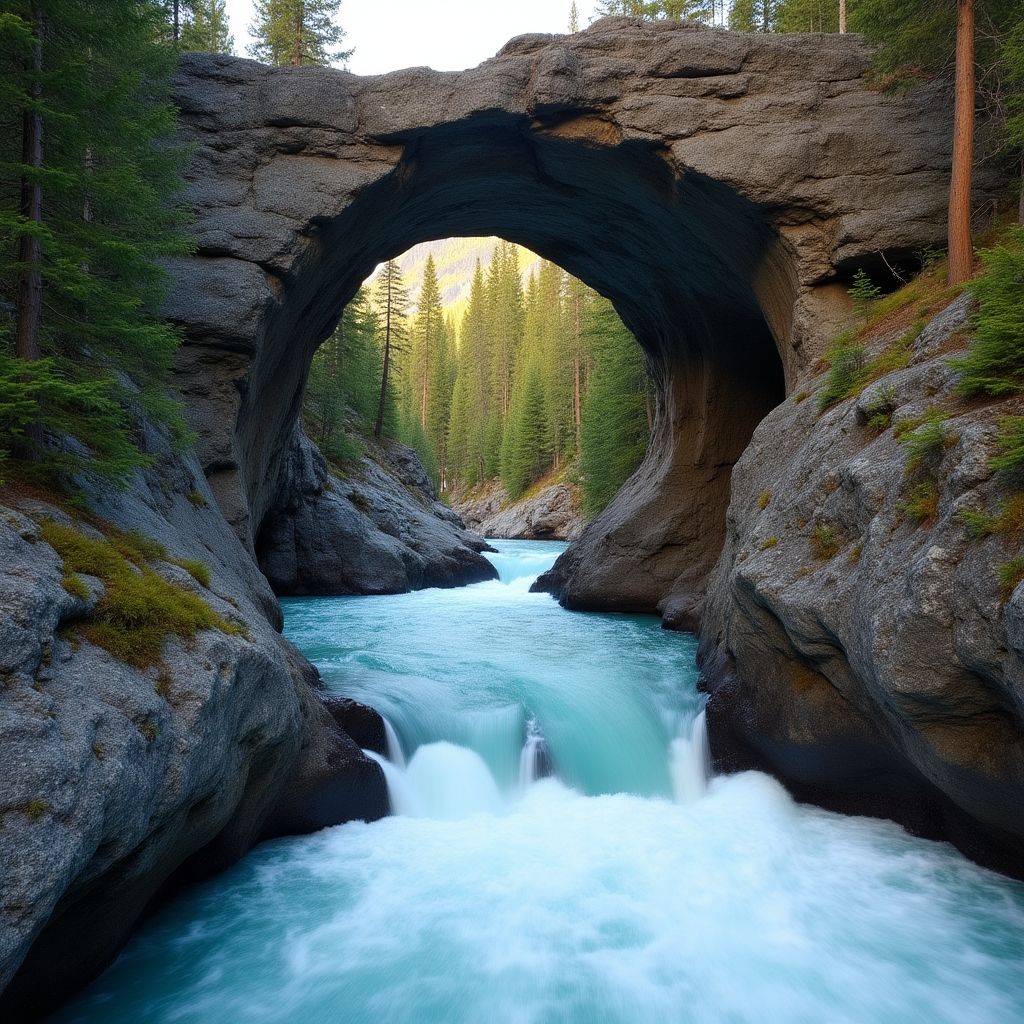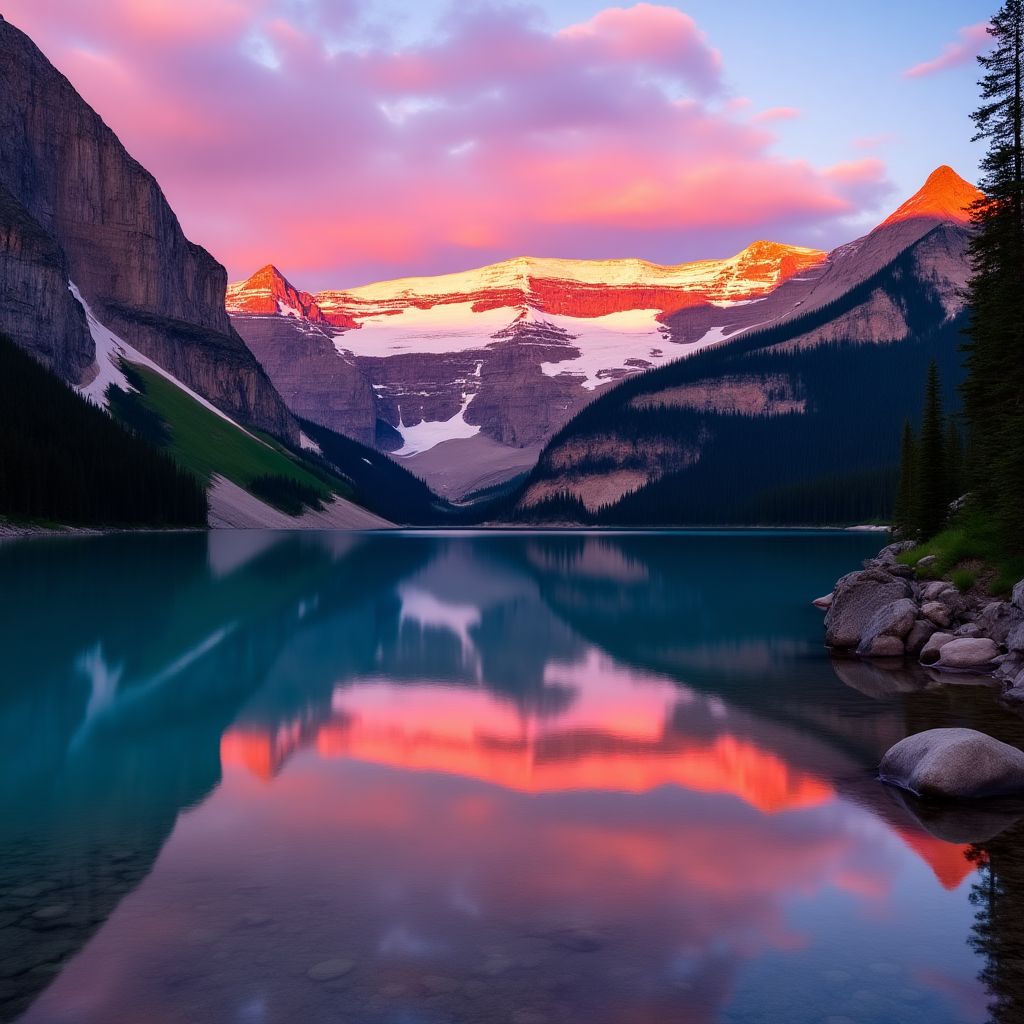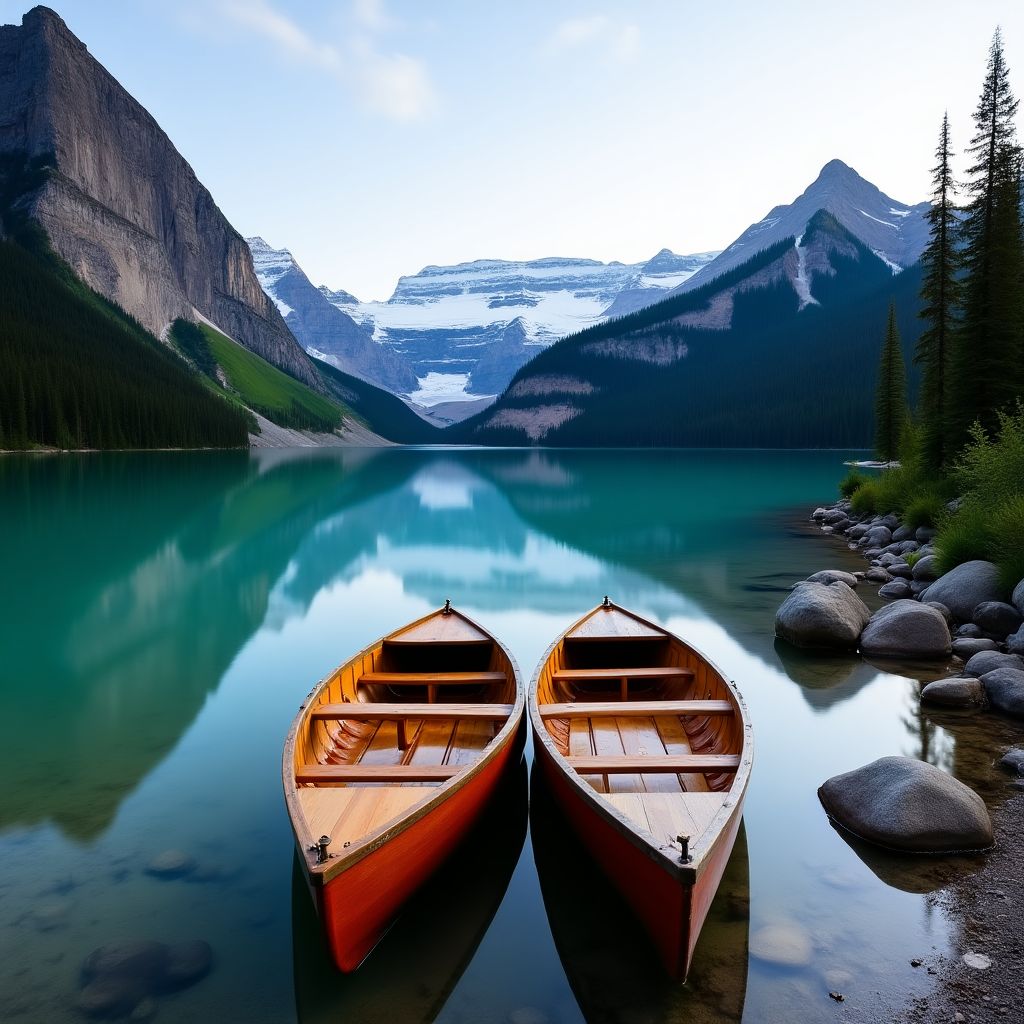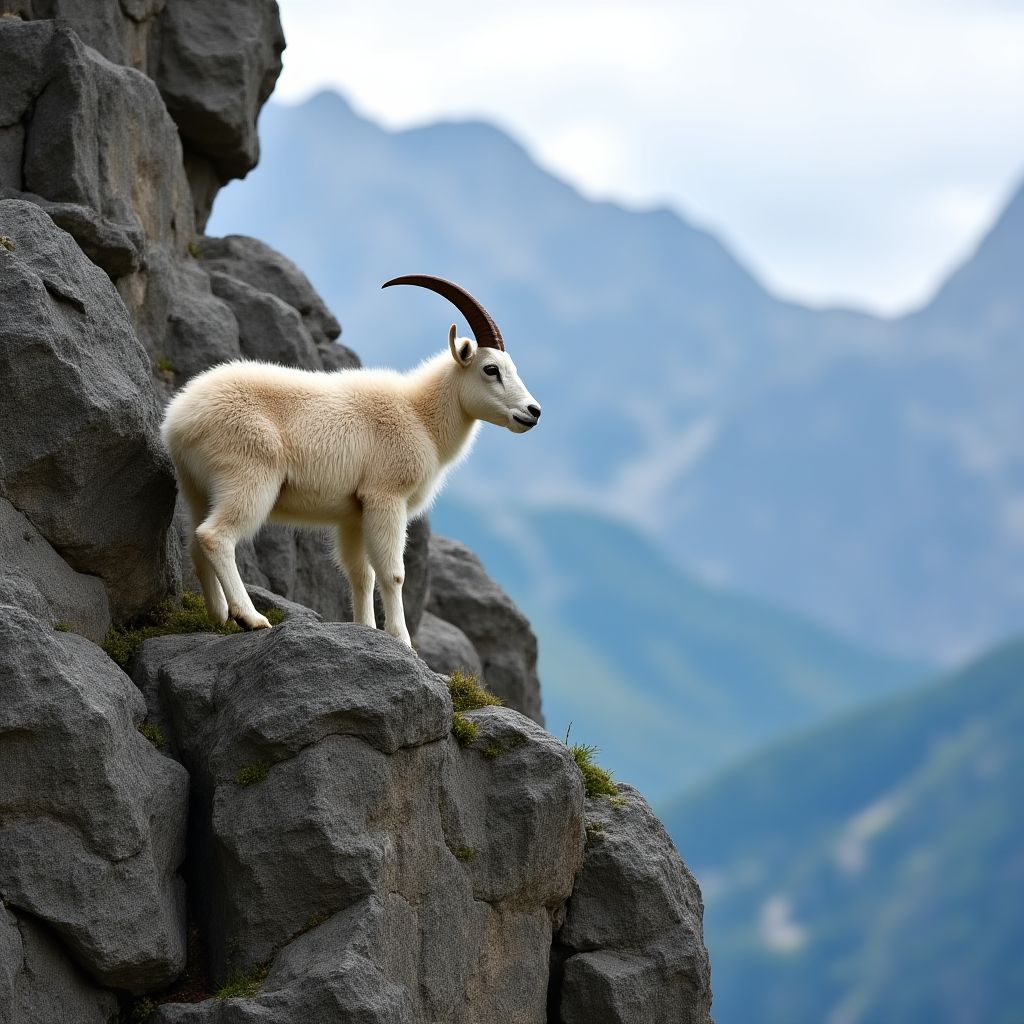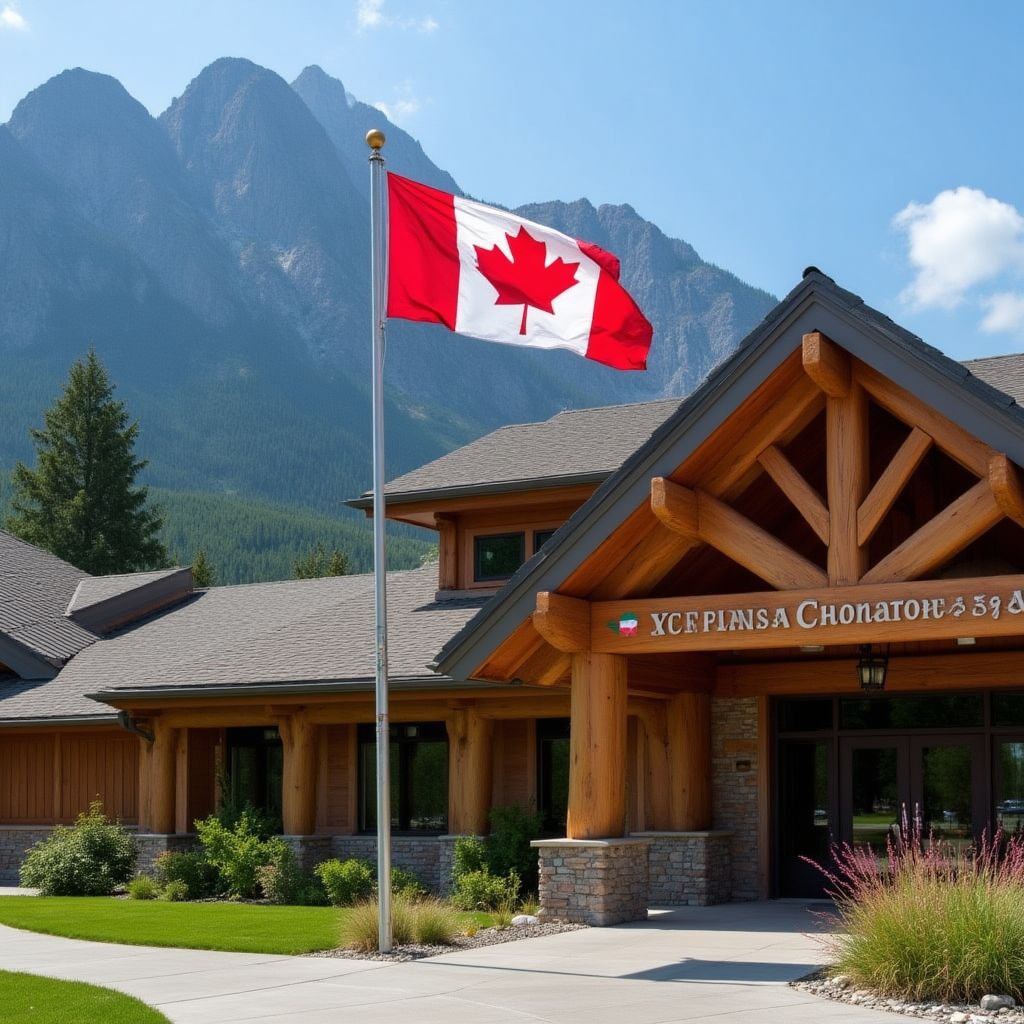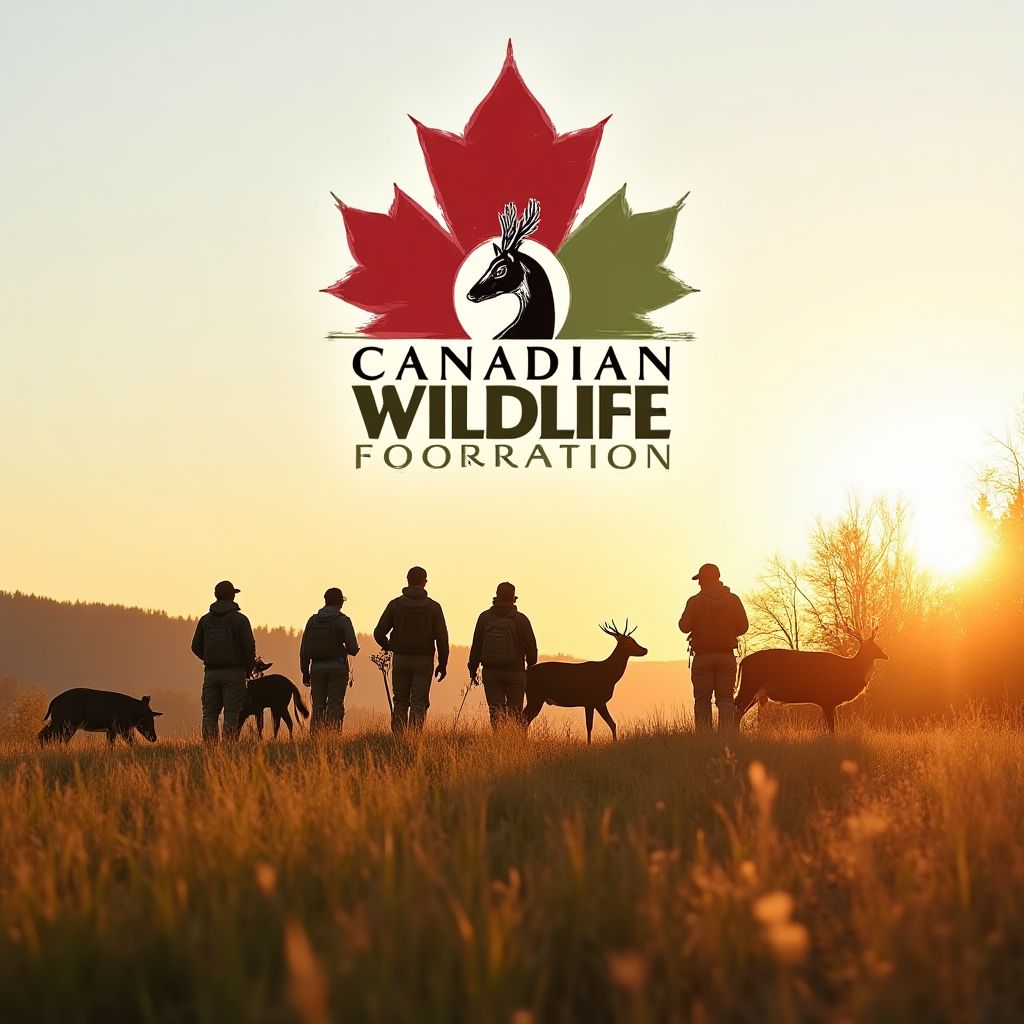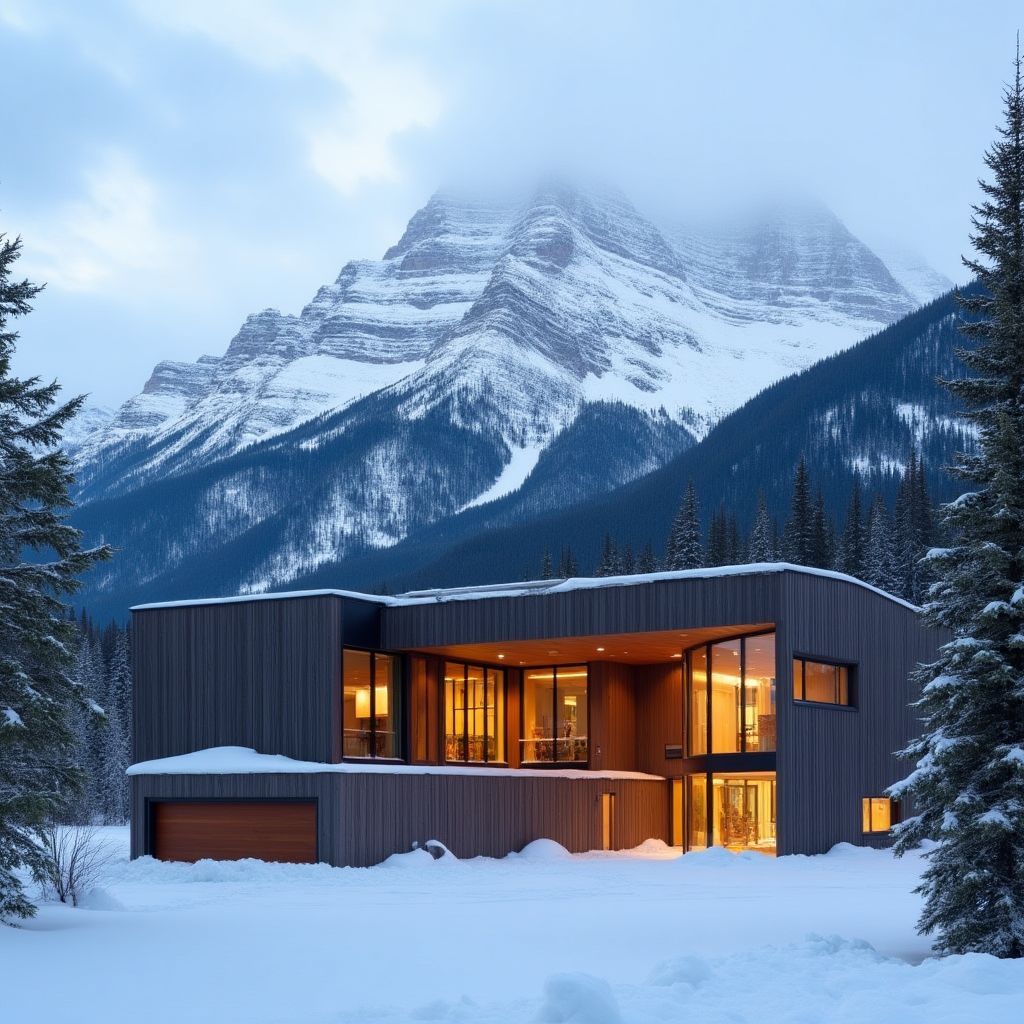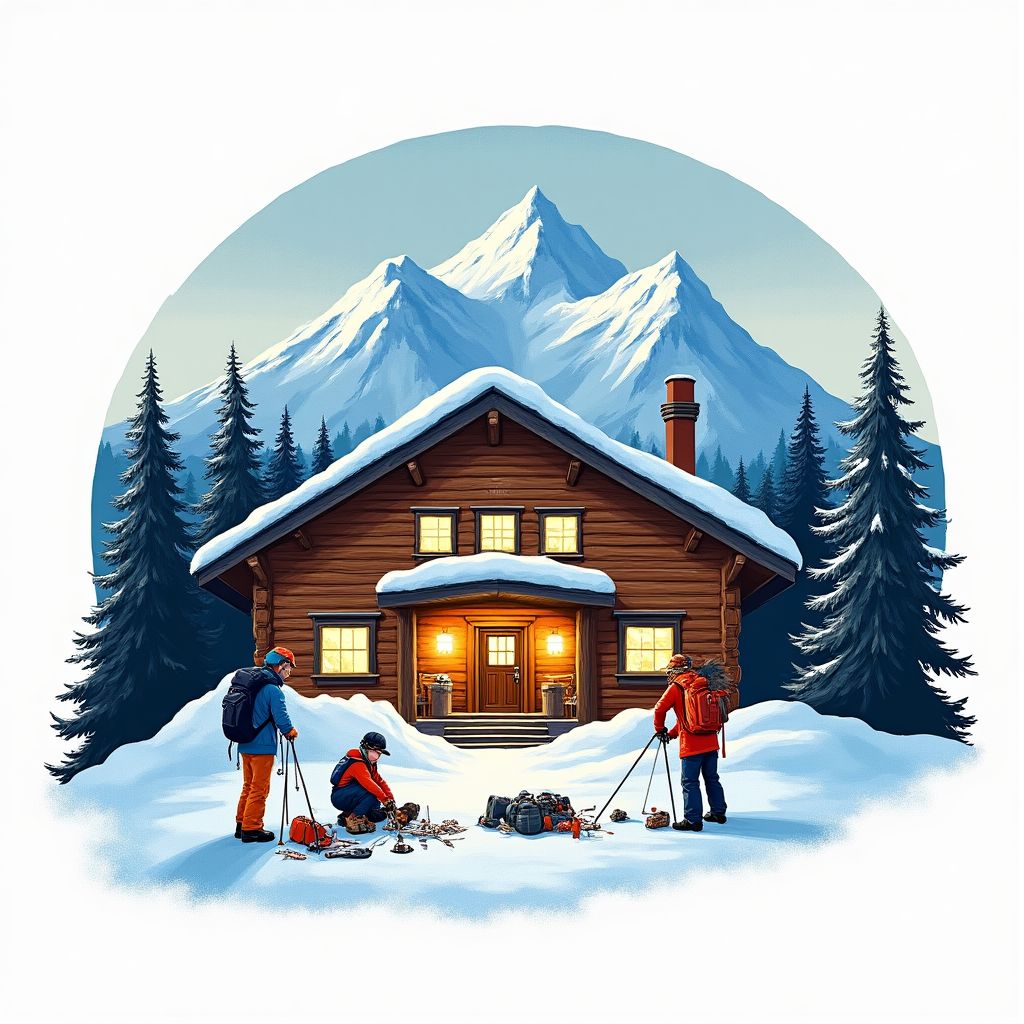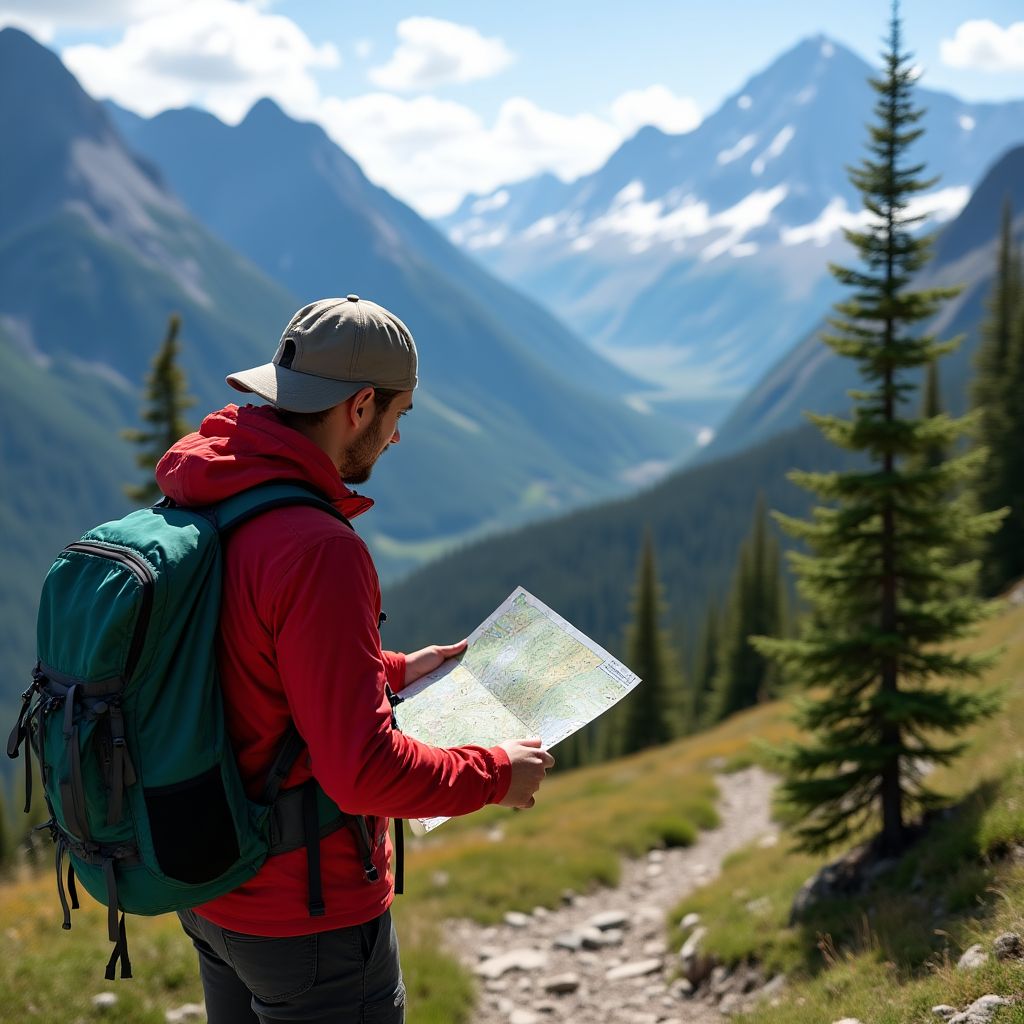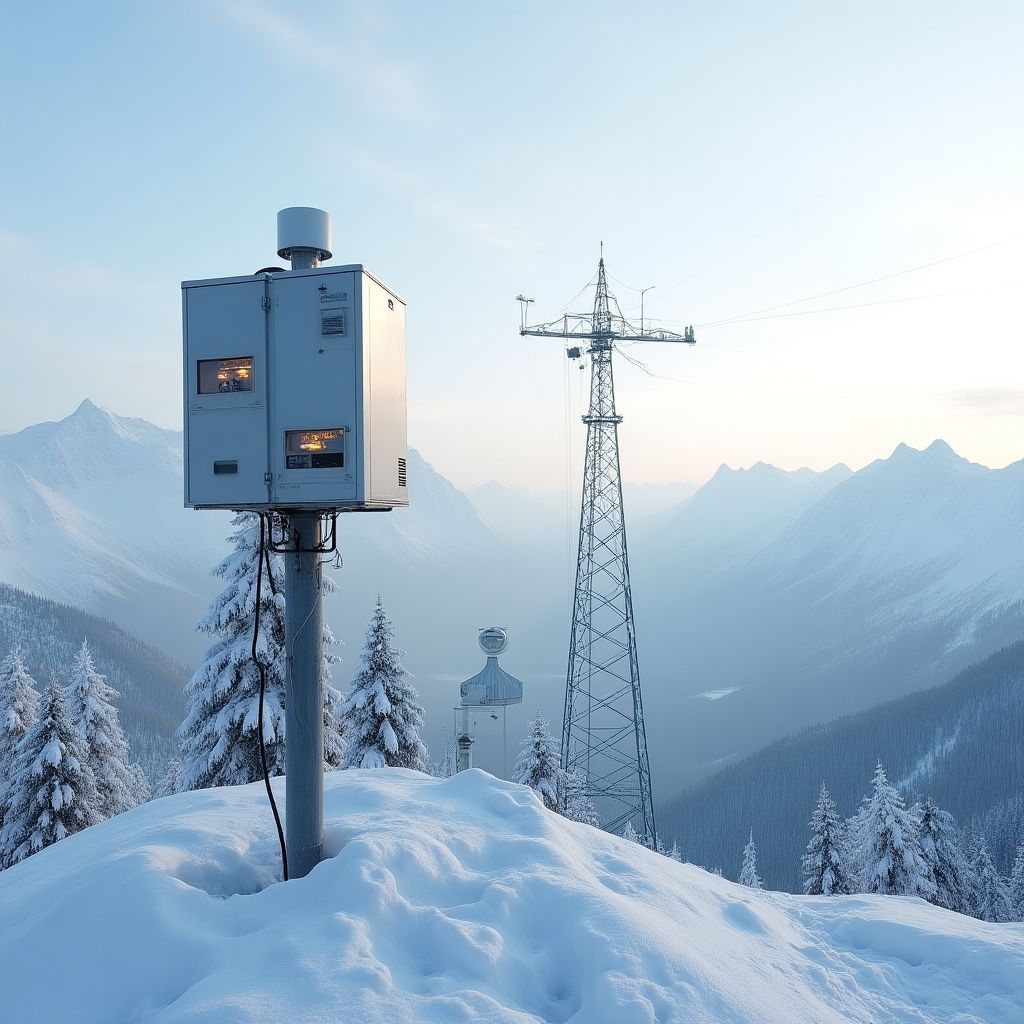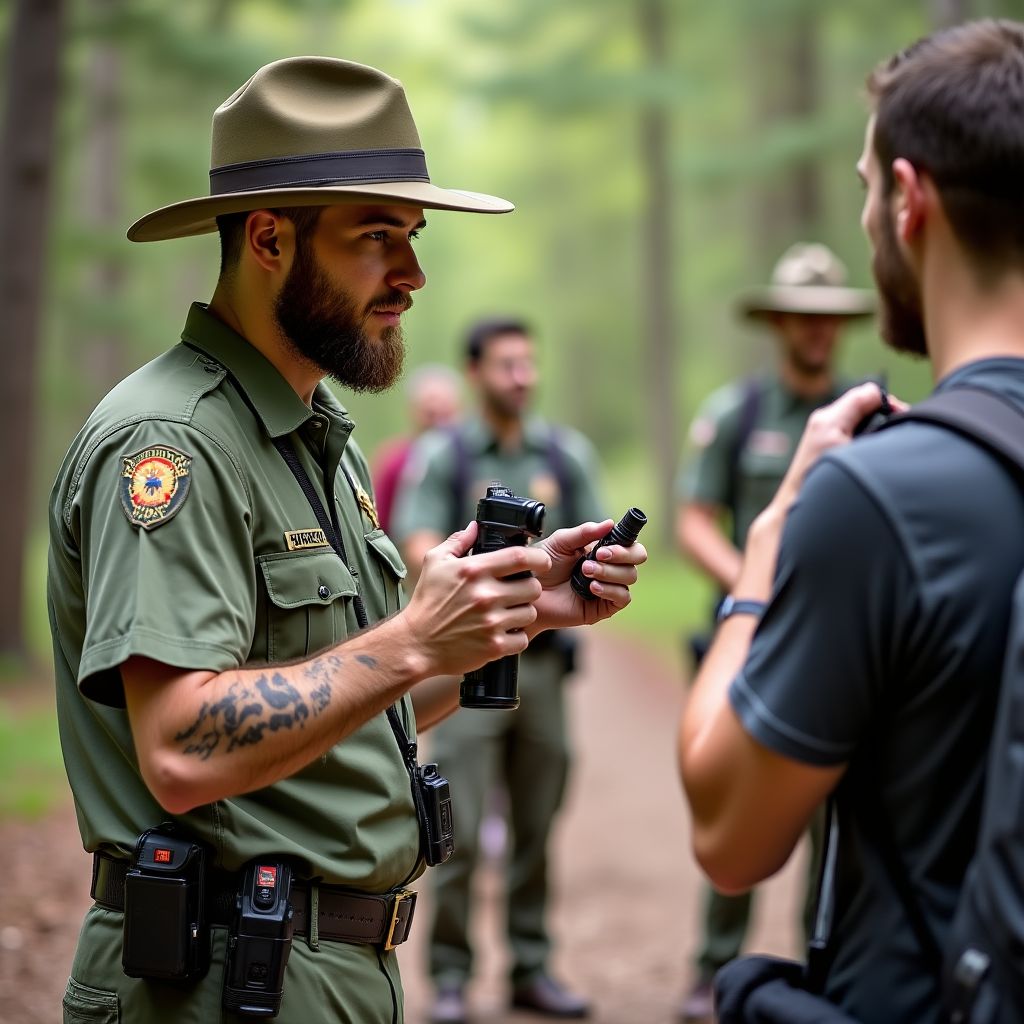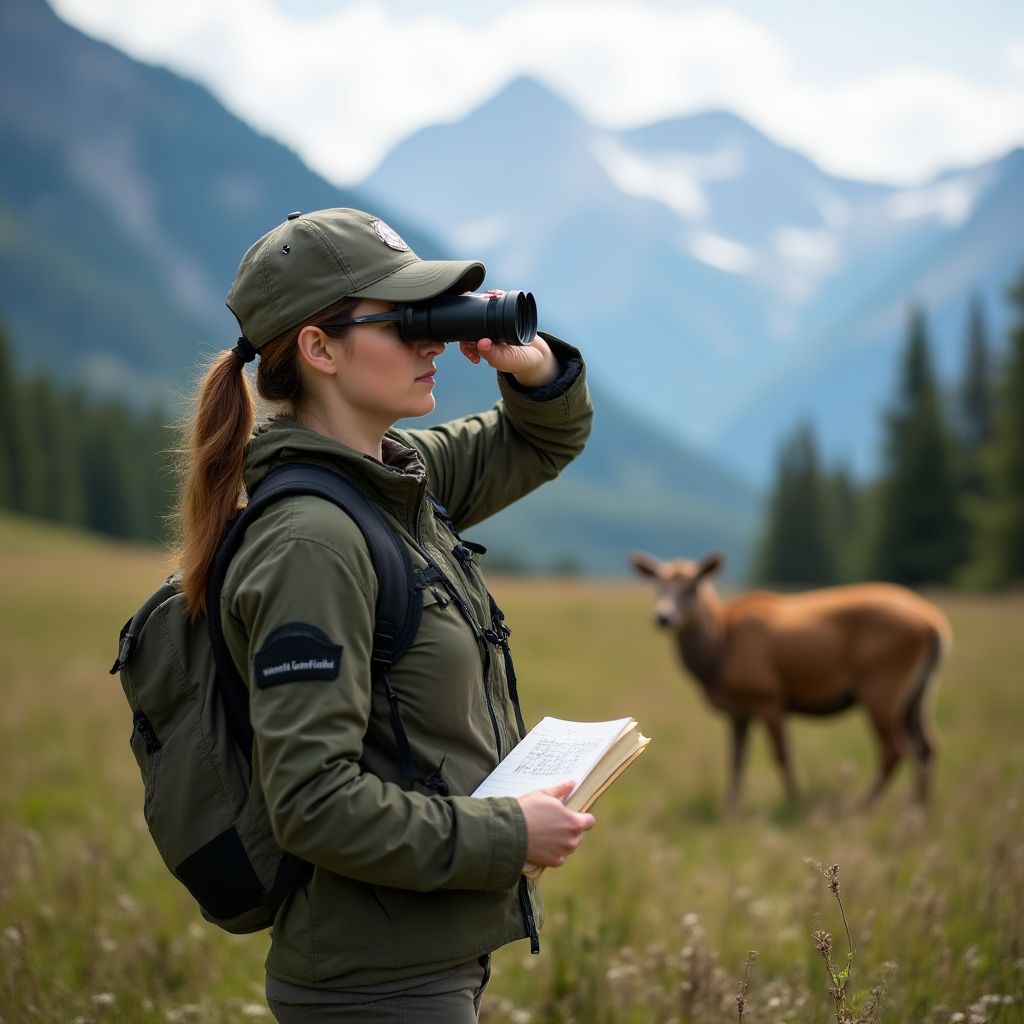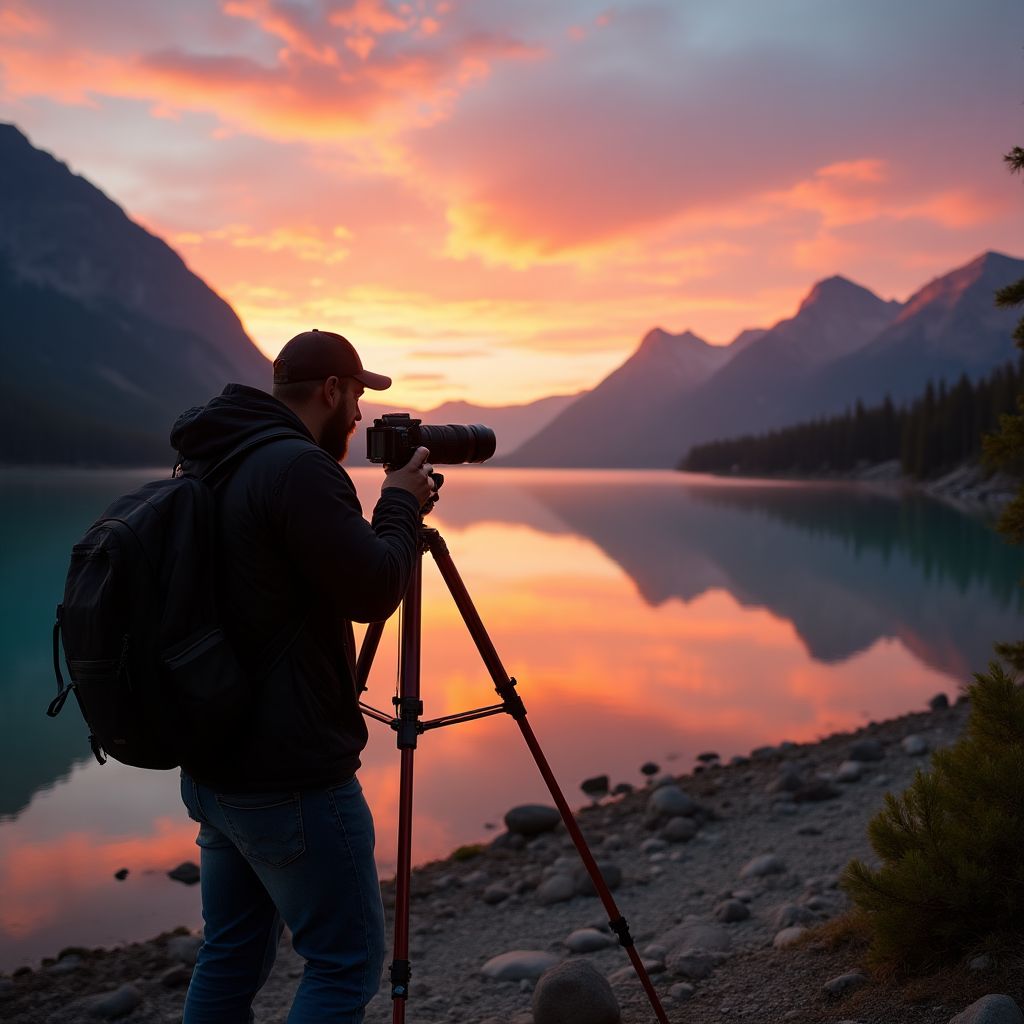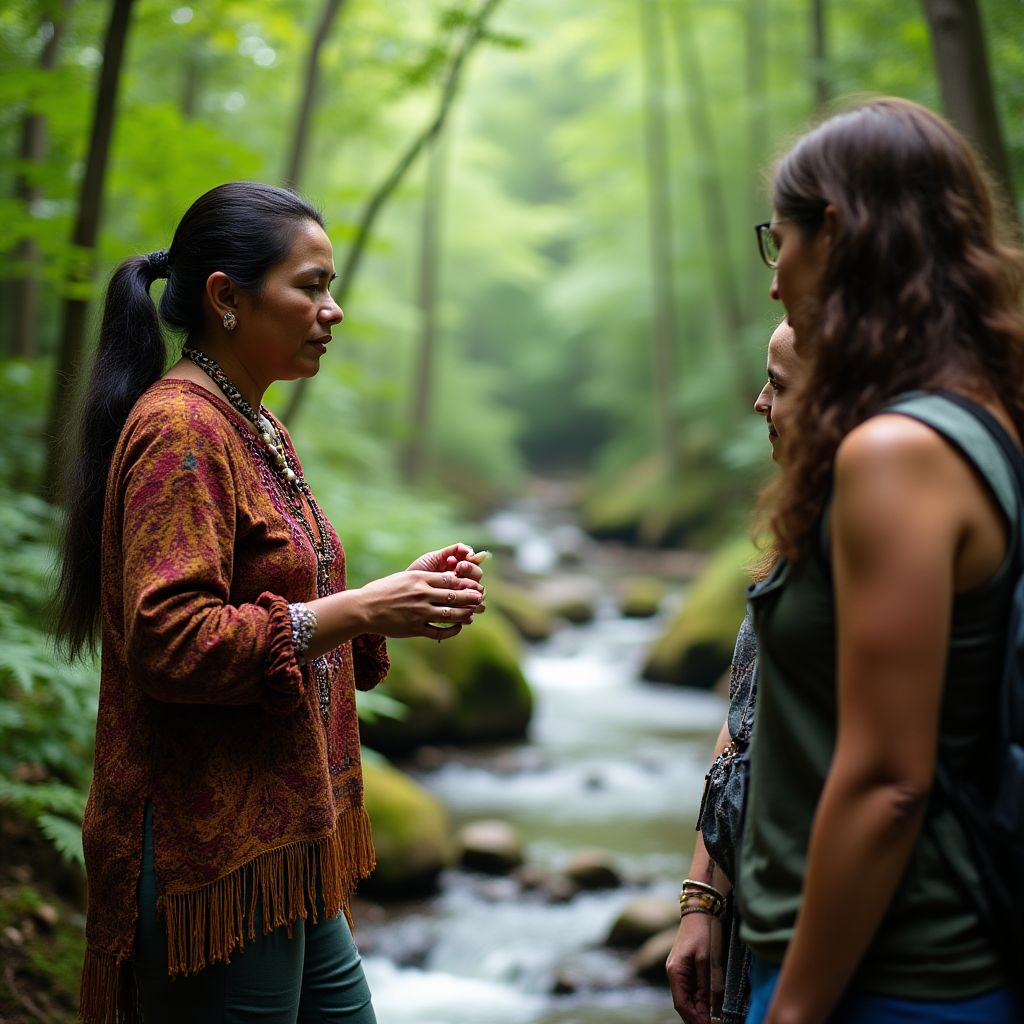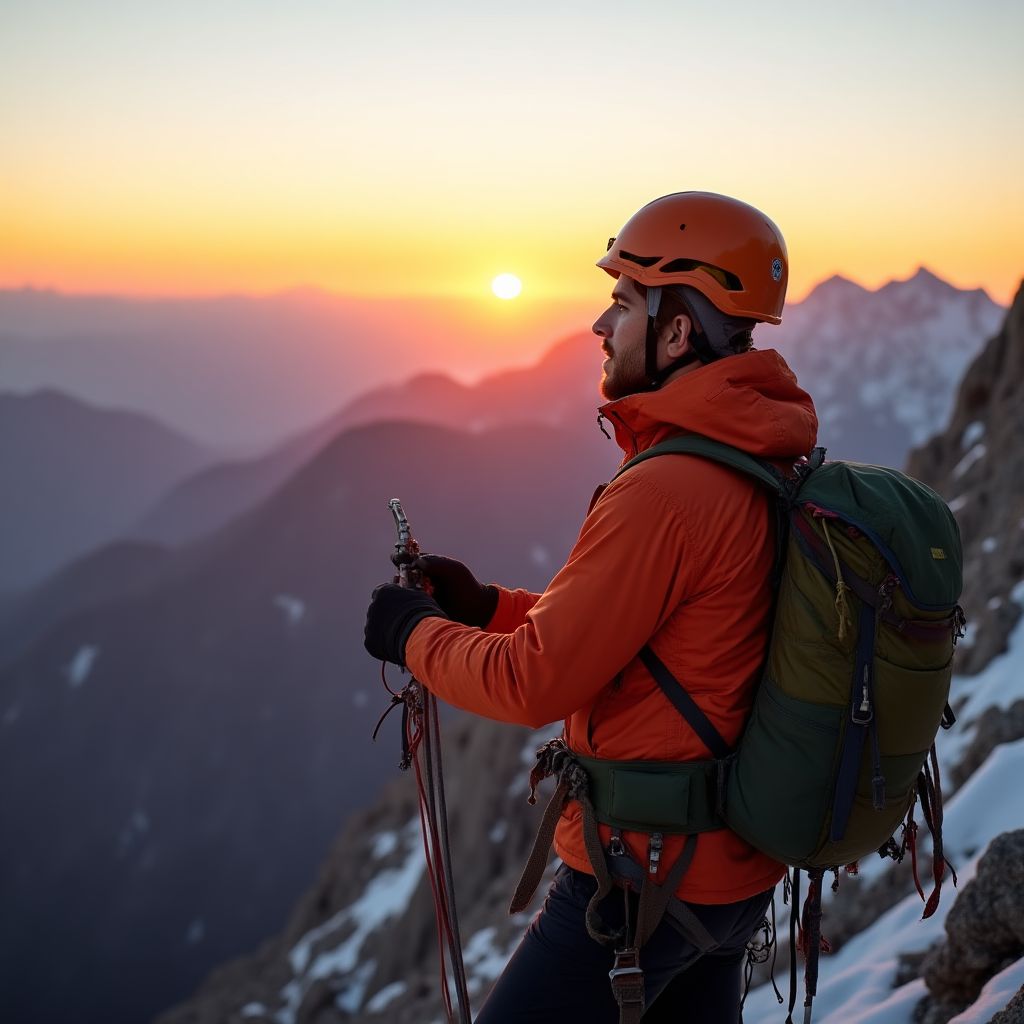Iconic National Parks
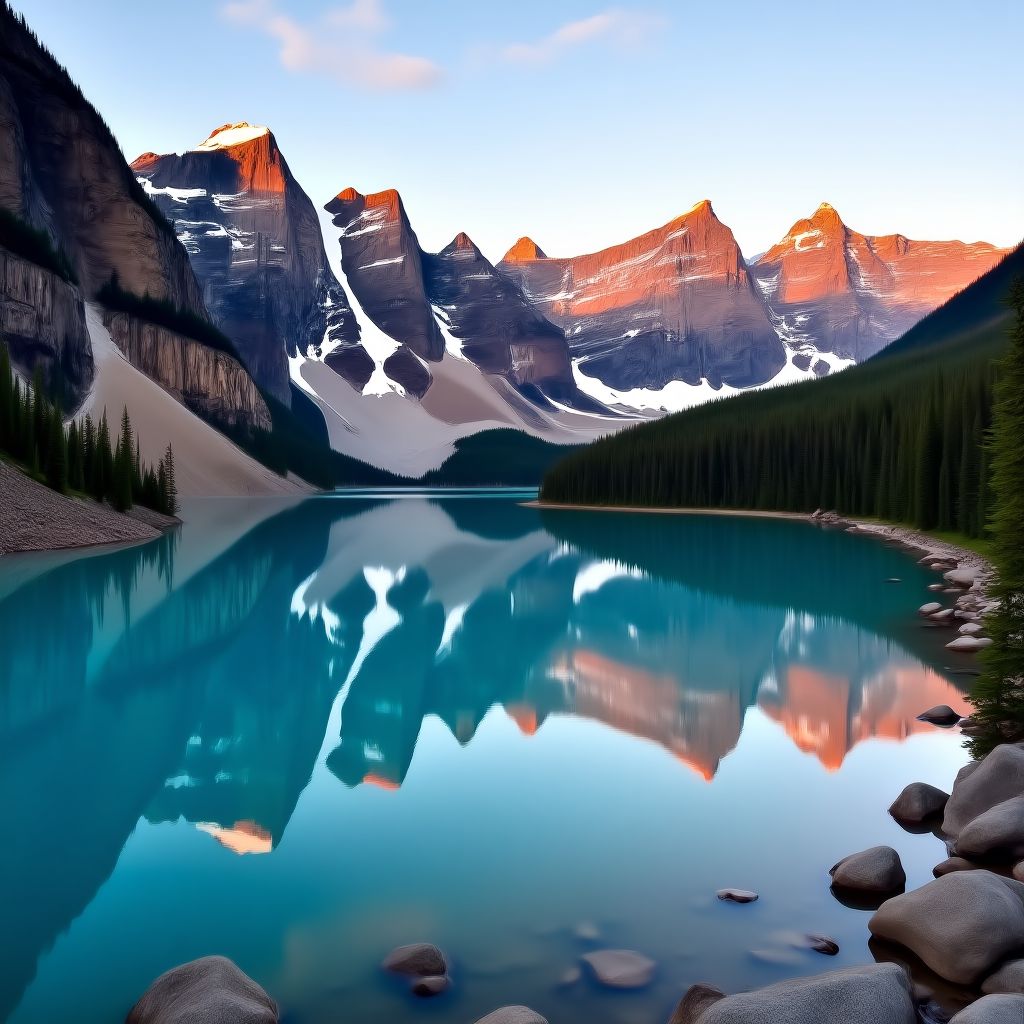
Banff National Park
Canada's oldest national park established in 1885, Banff showcases the majestic Rocky Mountains, turquoise glacial lakes, and abundant wildlife. The park spans over 6,641 square kilometers of mountainous terrain, featuring iconic locations like Lake Louise and Moraine Lake. Visitors can explore over 1,600 kilometers of hiking trails ranging from easy walks to challenging mountain ascents. Home to grizzly bears, wolves, elk, and over 260 species of birds, Banff provides unparalleled opportunities for wildlife viewing and photography throughout the seasons.
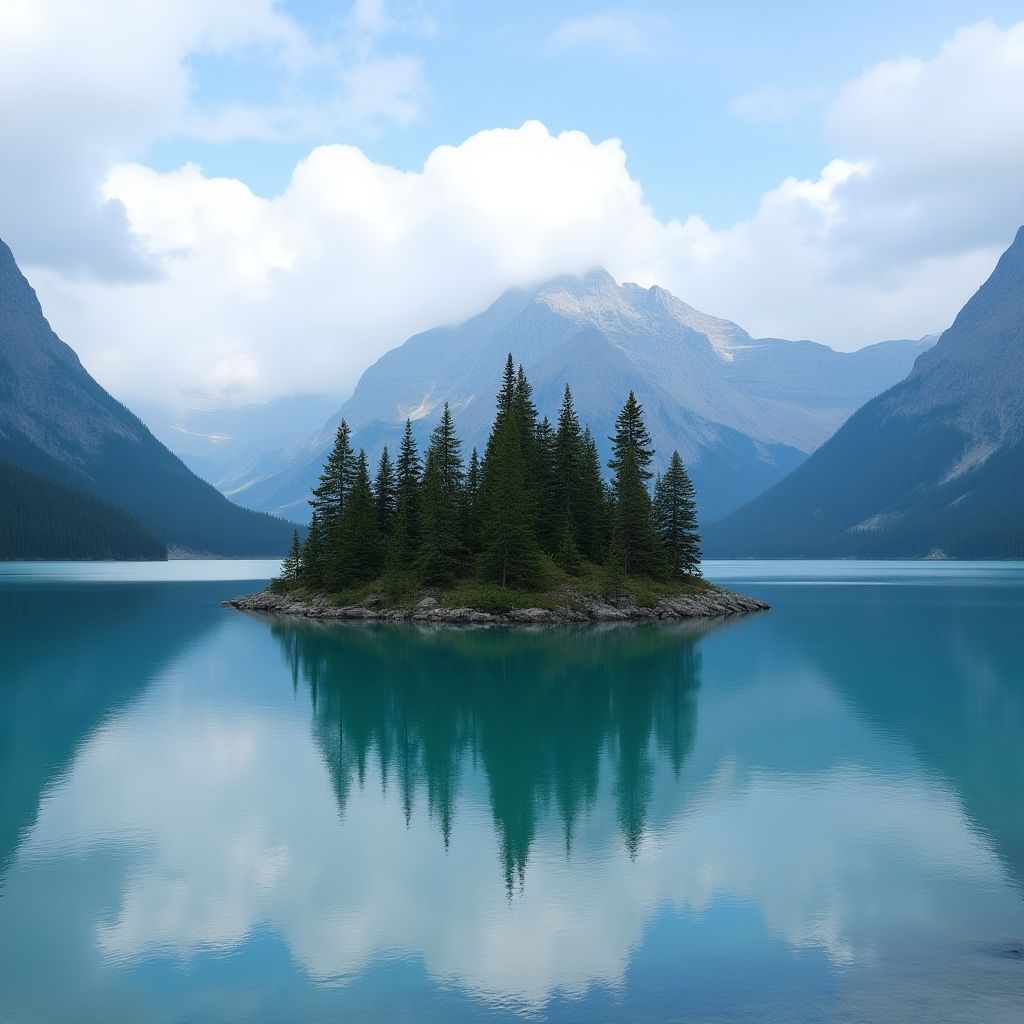
Jasper National Park
The largest national park in the Canadian Rockies, Jasper covers 11,000 square kilometers of wilderness and is renowned for its pristine lakes, dramatic mountain peaks, and the spectacular Columbia Icefield. A UNESCO World Heritage Site, Jasper offers some of the world's most remarkable dark sky viewing opportunities as an official Dark Sky Preserve. Visitors can experience the breathtaking Maligne Lake, Athabasca Falls, and the Jasper SkyTram which ascends to 2,277 meters for panoramic alpine views. The park's diverse ecosystems support incredible biodiversity, including caribou, moose, and the elusive wolverine.
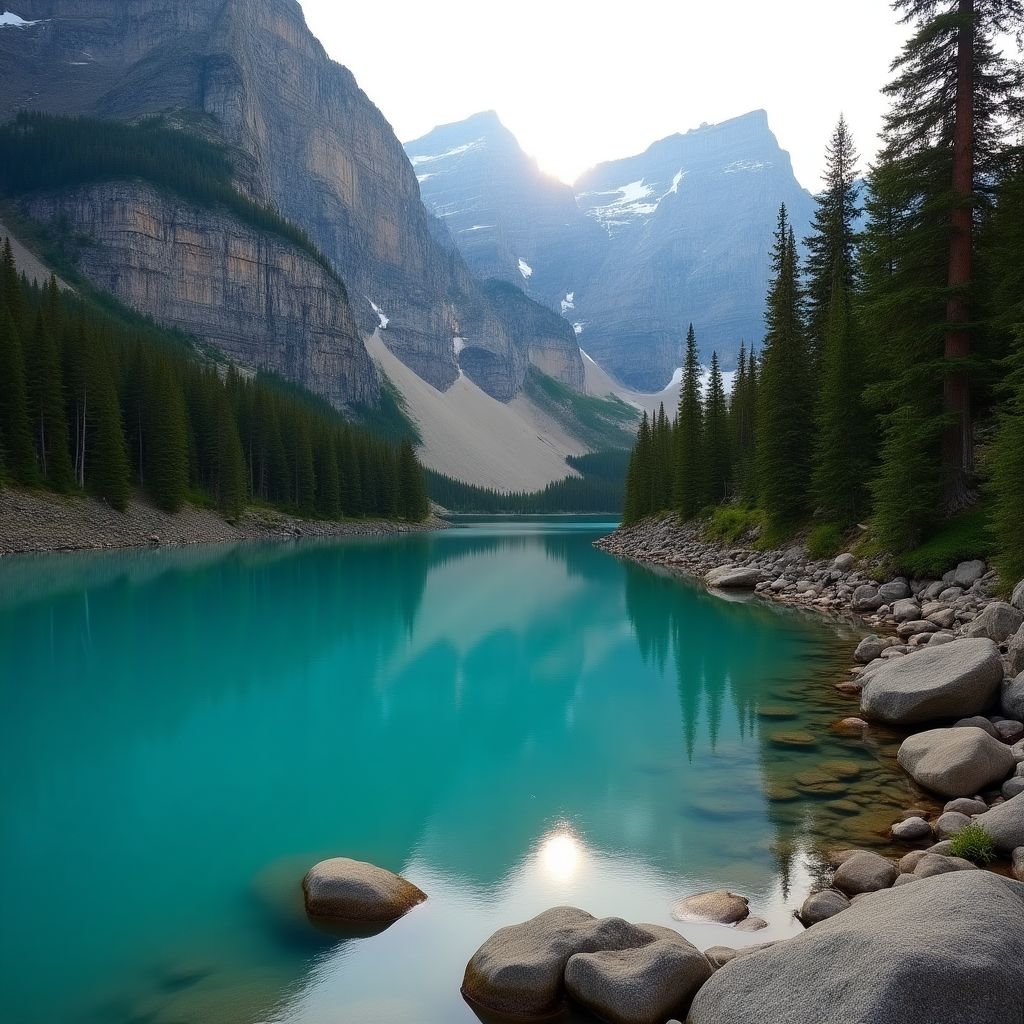
Yoho National Park
Located on the western slopes of the Canadian Rocky Mountains, Yoho National Park is a natural wonder whose name comes from the Cree expression for awe and wonder. Spanning 1,313 square kilometers, Yoho features 28 mountain peaks over 3,000 meters in height and the spectacular Takakkaw Falls, one of Canada's highest waterfalls at 254 meters. The park is also home to the Burgess Shale fossil site, one of the world's most significant fossil discoveries containing exceptionally well-preserved marine animal fossils from 508 million years ago. Emerald Lake, the park's largest lake, captivates visitors with its vibrant green waters surrounded by forest and mountains.
